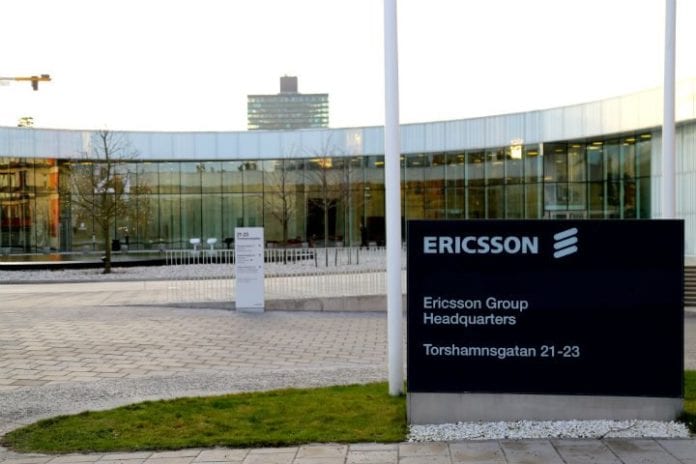New software suite optimized for indoor deployments; features enhanced downlink, uplink speeds
As venue owners work with carrier partners to provide robust indoor connectivity, telecom equipment vendor Ericsson is looking to support those efforts with its new LTE software suite.
Called Ericsson Networks Software 16A, the recently announced package promises to boost uplink speeds by up to 200% and downlink speeds by up to 30%. The new release also claims support for LTE-Unlicensed, which the company called “the first commercial step in licensed assisted access.”
Ericsson research suggests that by 2020, there will be an average of 4.3 mobile devices per user; combined with the burgeoning “Internet of Things” market, which promises 26 billion connected devices also by 2020, indoor coverage and capacity becomes increasingly challenging.
Ovum Principal Analyst for Enterprise Services Mike Sapien said Wi-Fi-based networks are no longer sufficient to meet user demands.
“While operators have understood that they need to design mobile networks for increasing amounts of data now, Wi-Fi networks have traditionally been the solution of choice for indoor connectivity for enterprise customers,” Sapien said. “However, Wi-Fi cannot service the need for reliable and mobile voice services or text messaging, much less handle the business-critical applications that require the app coverage, voice services and full mobility provided by cellular. Now, as we move toward ‘5G,’ both cellular and Wi-Fi will need to work together to offer differentiated and seamless service.”
Wi-Fi has given way to distributed antenna systems and small cell deployments as the go-to solution for indoor coverage and capacity.
The Ericsson software suite is said to allow users to employee 64 QAM as well as carrier aggregation improve peak data rates, supporting throughput of up to 150 megabits per second.
Arun Bansal, SVP and head of Ericsson’s Business Unit Radio, said the new software platform will help service providers maintain competitiveness.
“To keep pace with mobile broadband demand from both consumers and industry, operators need solutions that deliver both high performance and efficiency,” Bansal explained. “Ericsson’s indoor software innovations deliver both. And, these new features combined with Ericsson’s end-to-end solutions, flexible go-to-market and business models and proactive relationships with key device ecosystem partners, ensure that our leading operators not only keep pace, but set the pace.”

